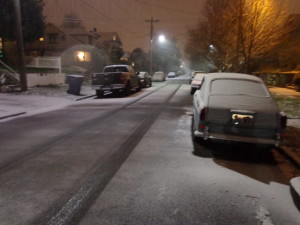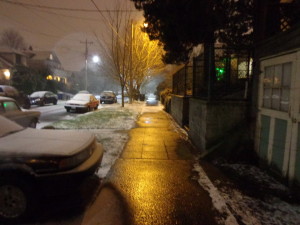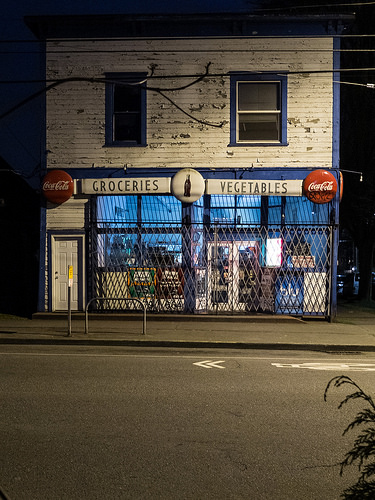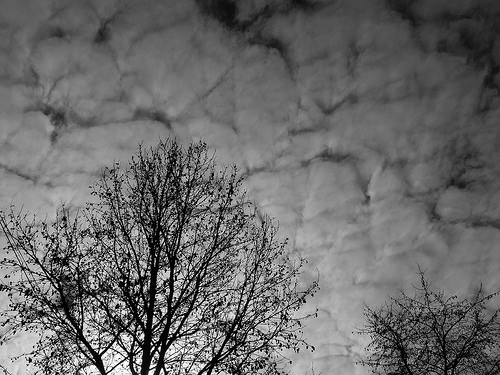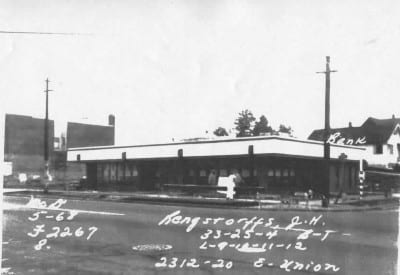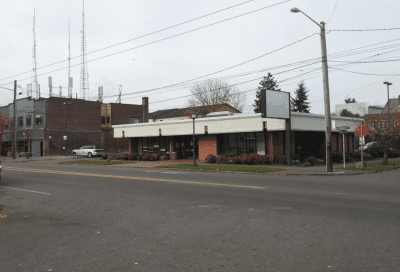
City Light billboard, 1968 (Image: Item 78729, City Light Photographic Negatives (Record Series 1204-01), Seattle Municipal Archives via Flickr)
With rates for utility services set to increase, Seattle Public Utilities and Seattle City Light are now seeking public input to help better balance any rise for a city already beset with a rapidly growing cost of living. The City of Seattle is holding a series of public forums designed to inform residents on what utility services SPU currently provides. Last night, the tour visited Garfield Community Center.
According to SPU’s Andy Ryan, the hope is to let the people decide if maintaining their current levels of service is worth the added financial burden.
“We’re going to show people everything we can about what the utility does now, and people will tell us exactly what they think after they’ve seen the whole process,” said Ryan, SPU’s public information officer. “If they have specific ideas, by all means, suggest them. But if people don’t know what we do now, it doesn’t help.”
Forecasts for the increase comes as part of SPU’s work on a six-year business plan that will provide greater transparency for city residents with a baseline estimate of costs. SPU’s results found that unless certain services are reduced, the utility rates for Seattle households would see a 30% increase by 2020, rising approximately $16 per year from $325 in 2015 to $422.
For renters, many buildings simply pass the costs of water and sewer onto tenants in the lease though newer buildings typically put electric bills in the hands of their residents. Meanwhile, “third party billing” regulation in the city protects tenants from monkey business in older buildings where landlords have centralized utility costs that are then doled out for payment by tenants.
SPU says that the main causes behind the rate hike come primarily from inflation, which constitutes 53% of the estimated increase, with the remaining amount being attributed to debt repayment, contracts, and taxes.
As part of his initiative to address Seattle affordability, Mayor Ed Murray has begun a parallel effort to double the number of households using the city’s discount utility program from 14,000 households to approximately 28,000 over the next four years. Public Health-Seattle & King County estimates that up to 65,000 households earning under 70% of the state’s median income may be eligible for the discount already, which would allow discounts of 50 to 60% from their utility bills.
“I have said all along that, while a living wage is an important piece to addressing the overall affordability crisis we face in this city, it alone is not enough,” said Murray. “Wages are growing too slowly, while costs are growing too quickly. As we address the issue of wages, we also need to address these cost issues – including costs for City-provided services. And as we consider difficult but occasionally necessary service rate increases, we must recommit to minimizing the impacts on those who can least afford them.”
City Council member Kshama Sawant, who was elected last November on a campaign that championed the working class, has responded to the possibility of rate hikes for Seattle utilities by saying that the financial burden of the increase should fall on large corporations rather than the city’s sometimes struggling residents. Sawant, who chairs the council’s Energy Committee, said that international energy rates would be compared to those of Seattle residents while also examining the issues of executive pay and working conditions at City Light.
In 2010 when City Light rates were jacked up 14%, the Council voted to create a “rate stabilization account” for the utility. When the balance of the account drops below $90 million — something that looks increasingly likely given rising costs of procuring electricity and supporting the utility — a 1.5% surcharge is triggered. A deeper drop in the account would mean an additional surcharge.
Meanwhile, other efforts at belt tightening and optimization are underway. One example for SPU is a proposal to switch the garbage pick-up schedule in the city to every other week.
SPU’s Ryan hopes that input from the community will help lead to solutions that will satisfy the needs of all community members, but in order to do so, the public will first need to make their opinions heard.
“Our customer’s opinions on our rates are at the very heart of our process,” Ryan said. “We need their input if we are going to make decisions about the things we have control over, like frequency of garbage collections or the speed at which we fix pipes. It’s important for people to realize that this is a public utility. It’s their investments, and it’s really important that people have a say in how we manage those investments. And if people believe in participatory democracy, this is the chance to come in and make a difference.”
You can also provide feedback to the city via this online survey.
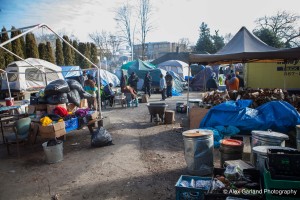 A bid for independence ended in a weekend eviction for one of the three Nickelsville camp sites in the Central District.
A bid for independence ended in a weekend eviction for one of the three Nickelsville camp sites in the Central District.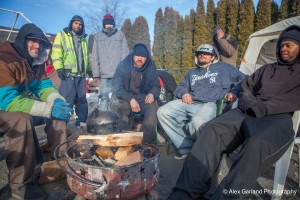
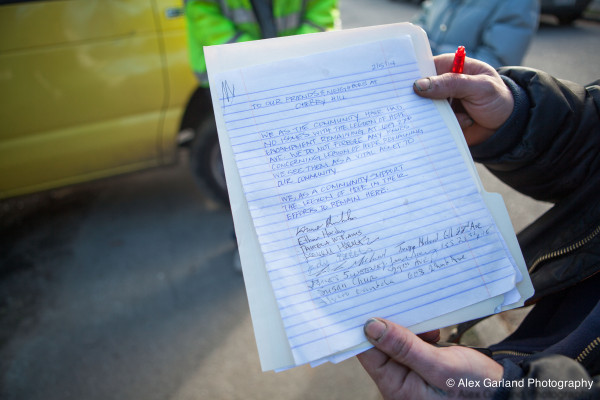

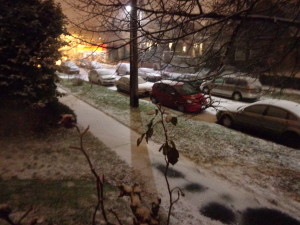 Overnight snow arrives early in Central District in pictures.
Overnight snow arrives early in Central District in pictures.